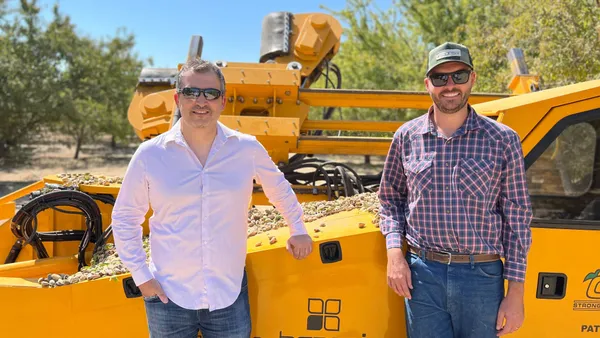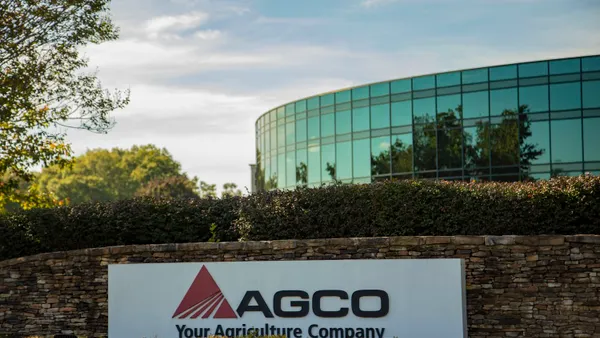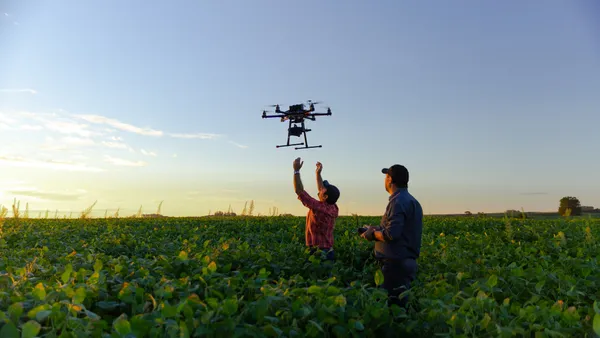Jamie Fowler is alliantgroup’s vice chair of intelligent automation and artificial intelligence. Mike Johanns, former U.S. Secretary of Agriculture, serves as alliantgroup's chairman of agriculture. Opinions are the authors' own.
Historically, technological advancements find their way to the agriculture sector last. However, the industry now has an opening to become a pioneer in an emerging technology that's gained momentum in supply chains: digital twins.
Digital twins are virtual replicas, allowing the user to test scenarios on a computer-generated model of their operations and gain predictive insights. A product is subjected to a “virtual” supply chain, from design through testing, in order to fine tune the best possible end-product without incurring the cost of a new physical assembly line.
In industries like manufacturing, digital twins are routinely utilized to streamline the production process. The unpredictable environment and risks farmers experience make agriculture a potentially strong beneficiary of digital twin tech.
And it’s not just the agri-conglomerates of the world who can benefit – small, family-owned farms also stand to gain. For example, growers could test out planting or nutrition management plans on a digital model of their farms to determine how those decisions would play out in a variety of real world conditions.
There is also a powerful case to be made for the use of digital twins in climate resilience planning. This season, excessive rainfall and weather delays have plagued American farmers. According to one USDA meteorologist, many corn growers were forced to replant in late May and early June and are now dealing with concerns that the first frost date could land before crops are ready to harvest. Amid these ever-evolving weather considerations, farmers must adjust several variables such as field planning, irrigation, fertilization, pesticide use and more.
Using digital twins, the interaction of these variables and their ultimate impact can be reduced from high-risk estimations at best, to informed, trialed assessments of an optimal outcome. Digital twins also boost efficiency and cost savings by assisting farmers in determining the right combination of water, fertilizer and pesticides to apply based on unique conditions.
Funding digital twin adoption in farming
Unfortunately, perceived costs of implementation continue to dissuade investment in industry-transforming technologies. With so many variables impacting crop yields, costs and net profit for farmers, it’s understandable that investing in cutting edge technology, can be a daunting prospect.
Critically, many farmers are unaware they have access to a trove of federal incentives and resources specifically designed to support innovation such as digital twin technology – the Research & Development tax credit being a prime example.
Incentives like the Research & Development Tax Credit are designed to support industry-transforming technologies. As potentially impactful as Ford’s moving assembly line, digital twin technology can make an outsized positive impact in industries like farming.
There is an opportunity for farming, as a sector, to become technologically forward in a proactive way. With cost-effective and incentivized avenues to adopt new tech that can help navigate planting delays, inclement weather, and crop performance, farmers should take advantage of tools like digital twin technology.










